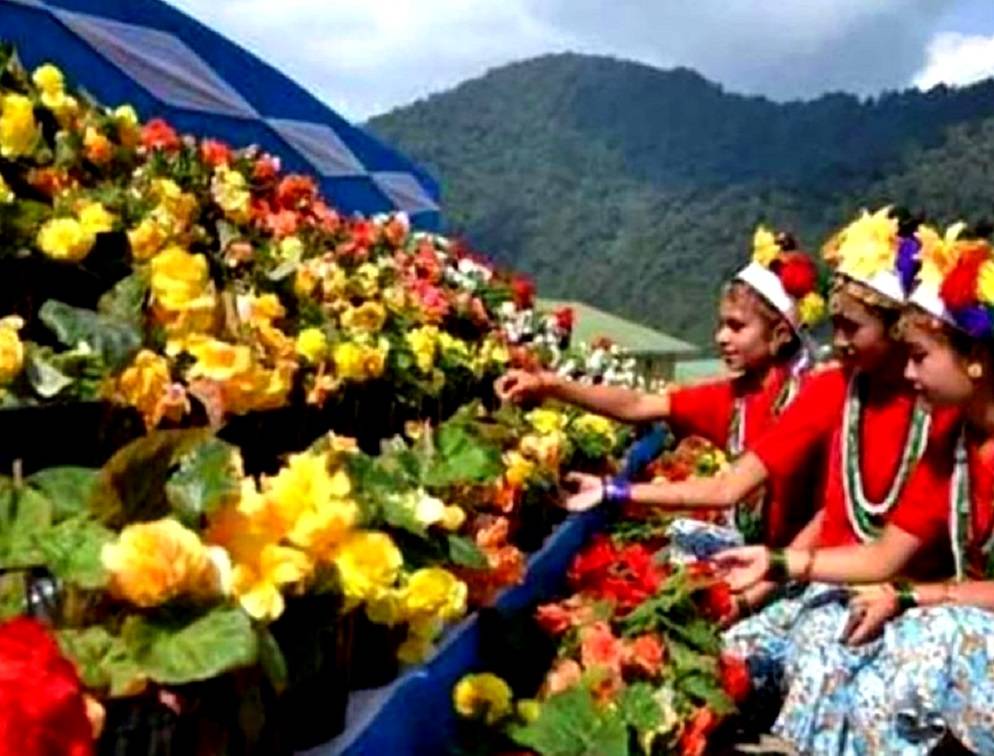
As kids, when spring approaches, we would get up at the break of dawn to pick various kinds of plants. We'd put these fresh blooms on the doorsteps of every house in the neighborhood. The memory of this ritual is kept alive with the fragrance of flowers left at the doorstep by local children who continue the practice of Phool Dei.
In our childhood, walking around collecting flowers with our friends and getting money for delivering them to our neighbors seemed very exciting.
But today we realize that our forefathers created this practice to teach us to appreciate and cherish the spring season and nature. They accomplished this by associating flower bloom with a religious and aesthetic purpose.
Every year during the blossoming season (March-April), the Garhwal and Kumaun areas of Uttarakhand celebrate the Phool Dei festival for about a month. After bathing, children, particularly young girls, walk into fields, forests, and gardens to select fresh flowers to offer to local deities as a welcome gesture for the arrival of spring.
According to locals, placing flowers on the doorsteps of houses for the gods will bring wealth and blessings. On the last day of spring, groups of children known as Phoolyari distribute flowers to the households and receive money and sweets in exchange from each family.
This is the month when the whole state of Uttarakhand is blanketed with colorful blossoms, primarily from peach, plum, apricot, cherry, almond, pear, and apple trees. The red rhododendron flowers, colloquially known as buransh (the state tree of Uttarakhand), are a sight to see during the season. Yellow pheonly flowers, technically known as Reinwardtia indica, are also widespread and often utilized throughout the occasion, as are mustard flowers.
The celebration of Phool Dei indirectly rooted a sense of affection and protection towards nature, especially local flowers and trees, in our minds. The local song sung by the people of Uttarakhand during this festival for welcoming the spring season is:
Phooldei, chhammadei,
Daini dwar, bhar bhakar,
Ye deli par barambar namaskar
The above lines mean:
May the doorstep on which the flowers are showered be prosperous, wealthy, and free from any conflict / May the grain storage always be filled with profits / and bow (namaskar) to this doorstep again and again.
On the last day of spring, the Phoolyari place flowers in at least five distinct colors at each doorstep. Residents of each house give them money in the hope of receiving prosperity and good fortune in return.
The children are also offered delicacies such as rice powder papdi and pudding made of flour and jaggery. The festival also symbolizes peace and harmony among the communities.
















